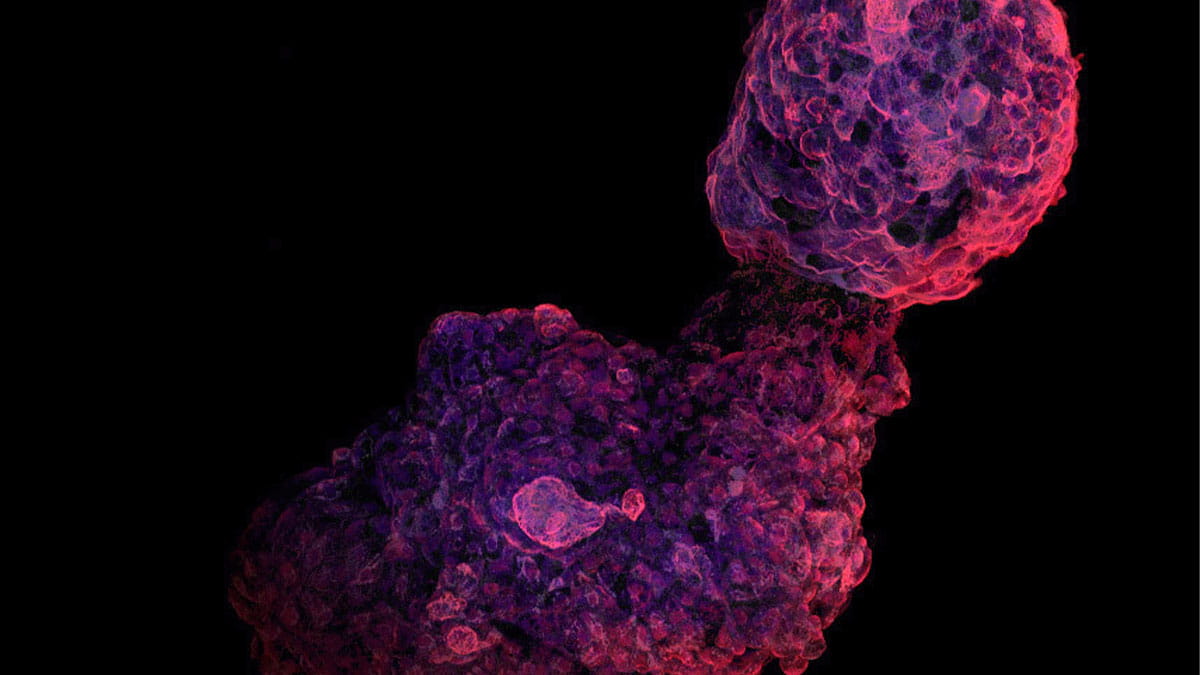Applying AI at scale — accelerating earlier disease detection, drug discovery and better outcomes

In medical research, it is known that scientists can design molecules and molecular mechanisms that underlie cellular processes. But that doesn’t mean these molecules always represent molecules or mechanisms that naturally exist within the body. The good news — advances in artificial intelligence (AI) continue to revolutionize scientific discovery and assist researchers’ efforts to develop earlier disease detection and drug discoveries. The key to developing systems that can boost the drug-discovery process is having massive quantities of data. Compared with scientists in other fields deploying AI, researchers who seek to apply the technology to drug development have a solid foundation on which to build: very large volumes of biological data produced in laboratories all over the world at all times.
Just what does AI provide? The ability to develop, design and modify molecules to reduce toxicity, enhance binding affinities and improve the molecules’ properties, so that in reality, these molecules function effectively. And AI helps researchers employ existing volumes of biological data produced in laboratories all over the world to design drugs that bind to protein targets in existing cells.
There are promising results of AI accelerating the next generation of research breakthroughs. But if you are one of many Americans who have mixed feelings about AI and using AI-powered tools, a deeper understanding of how AI is reshaping the depth, speed and productivity of drug research and development might change your mind.
Xia Ning, PhD, is a professor of Biomedical Informatics in The Ohio State University College of Medicine and a professor of Computer Science in The Ohio State University College of Engineering. Her background is in machine learning and AI. In her lab, she and her team work to design tools to accelerate the pace of discovery and automate research tasks like literature and document review and summarization. They do this by developing tools using generative AI, the type of AI technology that produces new content. So, these built tools in turn generate the construction of small molecules, peptides as vaccines and large language models to analyze clinical notes.
“In drug development, the preclinical phase can normally take several years,” Dr. Ning says. “But this year the first AI-designed drug is to go through clinical trials. AI is revolutionizing and accelerating science.”
The ability to create large language models allows Ning and her team to leverage them to identify something called named entities in clinical notes. One named entity could be medicines that are mentioned in clinical notes of patients. Often medicines, diagnoses and symptoms are buried within clinical notes, so they developed a large language model to assist physicians in extracting important data and other information very quickly from electronic health records.
“In settings like the emergency department, this can quickly identify important information,” Dr. Ning says. “And present it to the physicians which can really help them make accurate and timely clinical decisions.”
As she and her team continue to leverage AI to improve their daily workflows and research projects, Dr. Ning is working to ensure AI literacy is part of medical education so learners can benefit from tools and curriculums that are becoming increasingly sophisticated.
“We are developing an undergrad program on AI in digital health,” Dr. Ning says. “I am also teaching the first course in AI in Digital Health, which is a master-level certificate program.”
When researchers and learners have the right tools to harness AI, it has the power to drive progress in research and education. OpenAI has selected The Ohio State University to be part of a 15-institution consortium dedicated to using AI to accelerate breakthroughs in research, health care, education and more. Dr. Ning says she is excited about this new opportunity and how it has the potential to further accelerate research and clinical explorations and build better patient outcomes.
“We are leaders in the development of AI at Ohio State,” Dr. Ning says. “It is my hope that this first-of-its-kind collaboration will usher in the implementation of built AI algorithms into the health care system at Ohio State.”



